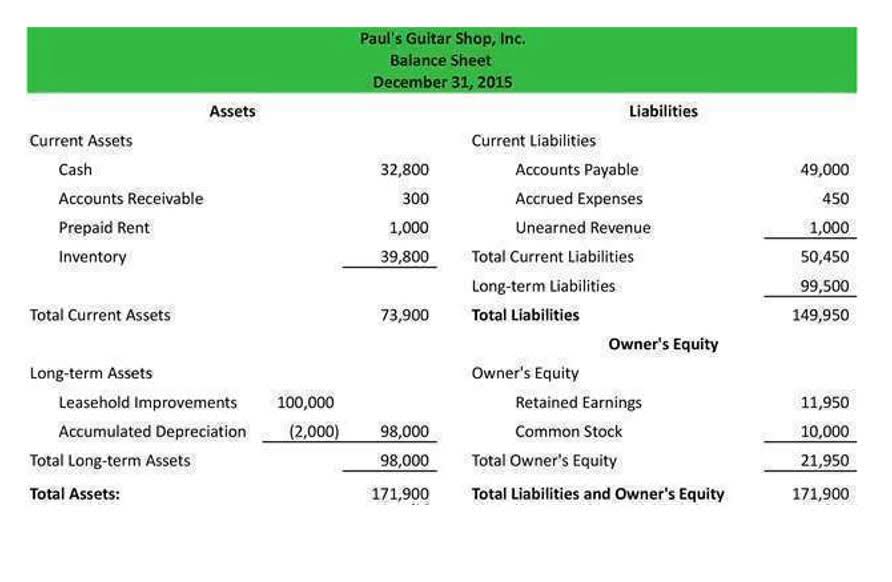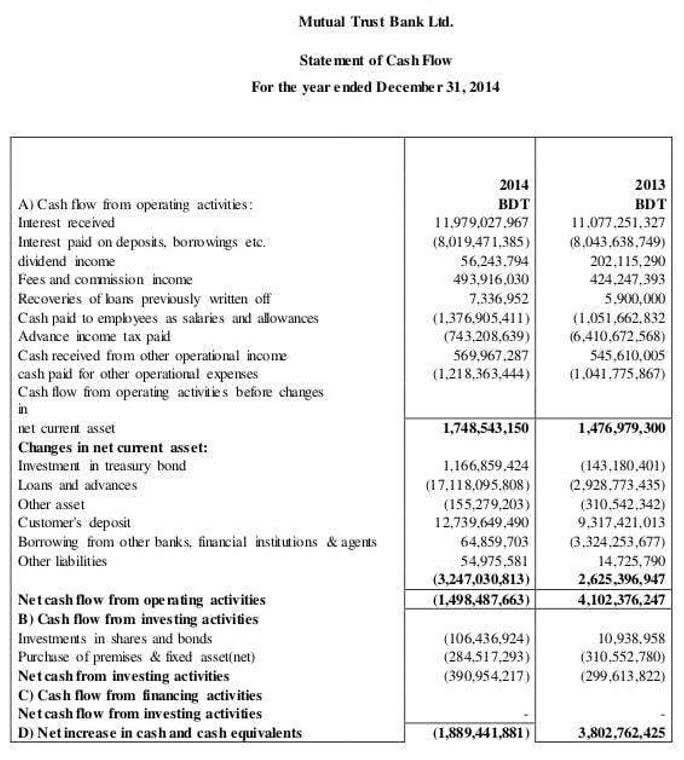
Credit card and debit card transactions are always an EFT (electronic funds transfer) transaction between the payer and the payee. The purchase price, including any sales tax, is electronically charged to the customer on a credit card or to their bank account using a debit card. The funds are electronically transferred in batches to a merchant’s bank account. EFTs are becoming increasingly common in B2B payments as many businesses shift from traditional paper checks towards more efficient and lower-cost ePayment methods such as ACH.
- Conversely, an EFT from a credit card, which is not an ACH transaction, typically happens instantaneously.
- In summary, EFT payments provide your business with a more efficient, secure, and cost-effective way to process payments and streamline your transaction flows.
- If you’re talking specifically about a transfer sent using the ACH network, then it would be accurate to refer to it that way.
- These fees may be more likely if you don’t have an account with the ATM owner or your transactions occur at remote locations.
- International ACH electronic payments may be loosely called global ACH payments if they use a similar network to the ACH network to make electronic payments.
How can your business make cost-effective global payments?
- Swipesum is committed to providing innovative payment solutions and exceptional service to its diverse clientele.
- For businesses, staying informed and adopting these technologies can create competitive advantages.
- Here are two examples to help you understand how money moves across payment networks.
- Texas users can click here for information about filing complaints about our money transmission or currency exchange product or service.
- With electronic checks (or Echecks), you can make a payment with your checking account without paper checks.
- Automated EFT payments reduce or eliminate the need for cash and check transactions.
EFT is always an online or electronic payment through a payment network or system. ACHs–like all payments via EFT–make paying easier for businesses and for their customers by removing the hassles of non-electronic payments. With ACHs there are no checks to deal with, no trips to the bank, and no paper invoices. ACH transactions happen on an electronic funds transfer network called the Automated Clearing electronic funds transfer House.
Payroll

You can put all of your household bills on auto-pay each month, avoiding late charges. You can pay friends, family and colleagues quickly and efficiently by using a peer-to-peer payment app. Apps like Cash App, PayPal and Venmo make it easy to send funds from person to person in a flash. These peer-to-peer Law Firm Accounts Receivable Management (P2P) payment systems use EFT technology to move money. Accept payments online, in person, and around the world with a payments solution built for any business—from scaling startups to global enterprises. EFT payments can be used for international payments, but the process can vary depending on which EFT payment is used.

What is an EFT payment?

You contra asset account are now leaving the SoFi website and entering a third-party website. SoFi has no control over the content, products or services offered nor the security or privacy of information transmitted to others via their website. We recommend that you review the privacy policy of the site you are entering.

Credit and Debit Card Transactions
- Picture this – you’re a small business owner, let’s say you run a bustling bakery in the heart of San Francisco.
- An ACH debit is a pull transaction because the payee can collect funds from the payer’s account.
- Other transaction types that are considered EFT include direct deposit, ATMs, virtual cards, e-Checks (used globally), peer-to-peer payments, and personal computer banking.
- Sign up to receive more well-researched small business articles and topics in your inbox, personalized for you.
- Electronic funds transfer (EFT) has a broad definition that includes more than online ACH bank transfers and wire transfers.
The payor provides the information necessary for payment, such as a card number or account information. Then, the relevant financial institution performs an EFT, sending the designated amount of funds to the payee’s account at their financial institution. While ACH fees are typically low-cost, processing fees can add up quickly depending on your payment volume.
Direct Deposit for employee payroll
Given the speed and cost-effectiveness, it’s easy to see why EFTs have become the preferred payment method for businesses both large and small. With EFTs, businesses can now streamline processes, improve cash flow, and reduce operational costs, all while ensuring secure transactions. Business leaders across industries are recognizing EFTs as more than just a convenience—they’re a strategic advantage in a fast-moving financial landscape.
